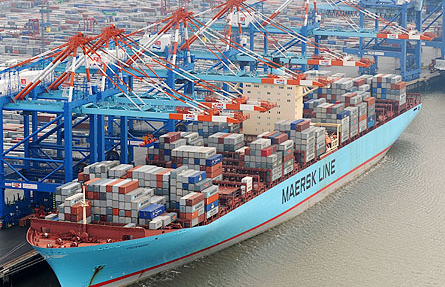Import Substitution
Import substitution is an aggressive economic policy employed by emerging economies to promote domestic production and self-sufficiency in many sectors. It is also seen as a means to reduce dependency on developed nations. IS seeks to provide added protection to domestic industries via tariffs, import quotas, government loans at subsidised rates of interest. This encourages people to start new production units. The boost to domestic manufacturing sector leads to employment opportunities being created and considerably lowers the demand for foreign exchange. The economies adopt this policy to protect its budding industry from international competition that has easily attained economies of scale due to large-scale production.
Import substitution gained widespread prominence and adopted by many countries after World War II to bolster domestic industry and growth. This was also done to reduce dependence on other countries. India too had resorted to import substitution which was later reversed during 1991 currency crisis. Indian industry could not be expanded to its full potential due to severe lack of sophisticated basic infrastructure.
Import substitution although can prove beneficial for certain sectors of economy for some specific phases in economic conditions but if the policy is stretched over the entire industrial sector as a long term policy can eventually lead to less competitive production which will gradually start to decline. Thus the output will also dip and so will the job creation avenues as the incentive to produce more will fade due to absence of global competition. It is thus, different from the theory of comparative advantage in which countries engage in production of specialised goods and then enter global markets to bravely fight international competition.
The phenomenon has again gained limelight due to ‘Make in India’ campaign being promoted by the Government of India. The idea is to make India a favoured investment destination and attain a considerable level of output from 16% to 25% by 2022. It has been cautioned that India’s ‘Make in India’ campaign should not be seen as the strategy for import substitution as that will lead to reduction in domestic competition, production inefficient and thereby leading increase in commodity prices. Such increased prices shrink demand for products. Thus, over protectionism can lead to dynamic inefficiency as domestic players replace foreign producers. This often leads to poor allocation of resources as there is no incentive for domestic producers for innovation. There is a fine line between the two phenomena and the government has to carefully walk the talk.


